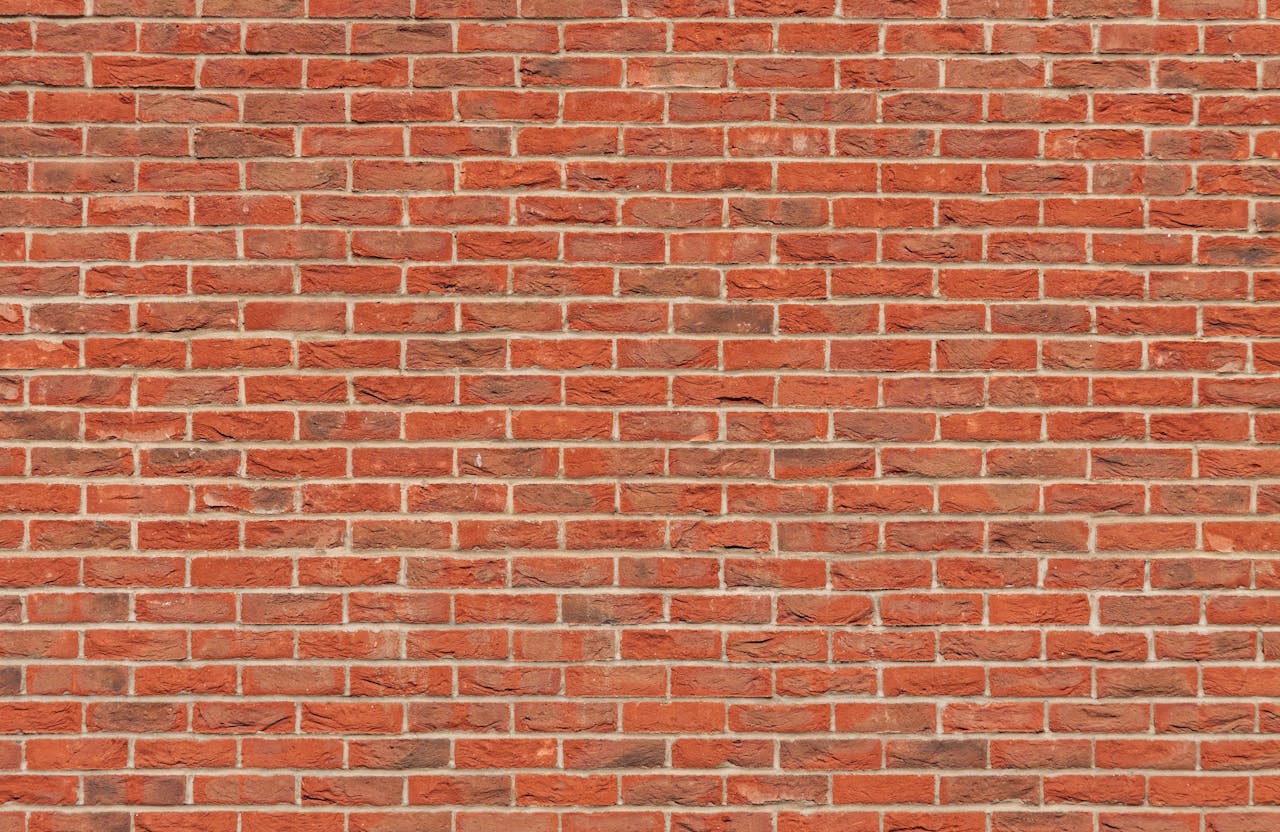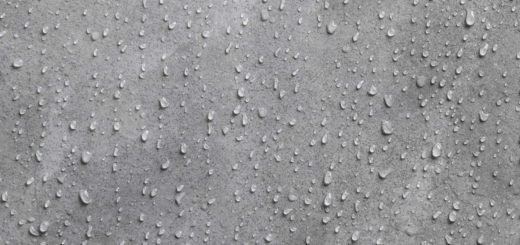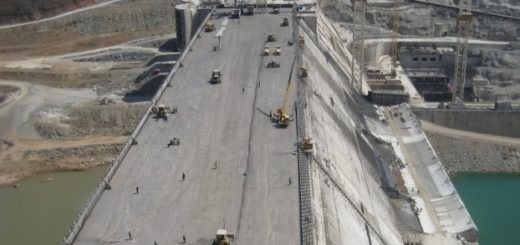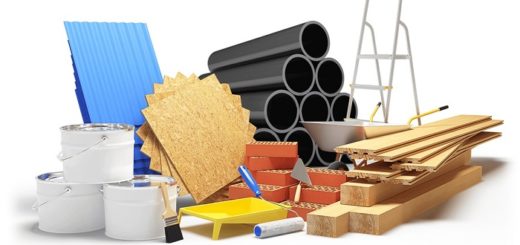A Comprehensive Guide to Types of Bricks in Construction
Bricks are one of the oldest building materials used for thousands of years, and their versatility, durability, and aesthetic appeal continue to make them a popular choice in construction today. There are various types of bricks, each having unique characteristics and applications. In this article, we explore the most common types of bricks used in construction.
We are discussing about 20 types of bricks in this article under various categories or classifications.
Classification based on Materials
1. Clay Bricks
Clay bricks, revered for their timeless appeal and durability, have been a staple in construction for centuries. These bricks are crafted from natural clay, which is molded, dried, and fired in kilns to achieve the desired strength and texture.
Clay bricks come in various colors, ranging from earthy reds to subdued browns, adding warmth and character to buildings. Clay bricks offer excellent thermal insulation, helping to regulate indoor temperatures and reduce energy costs.
Moreover, their porous nature allows for efficient moisture absorption, preventing dampness and mold growth. With proper maintenance, clay bricks can withstand the test of time, making them a preferred choice for both traditional and contemporary architectural designs.
2. Concrete Bricks
Concrete bricks, composed of a mixture of cement, sand, and aggregates, offer unparalleled strength and durability.
Unlike clay bricks, which are made from natural clay deposits, concrete bricks can be manufactured using locally available materials, reducing transportation costs and environmental impact. These bricks are formed by pouring the concrete mixture into molds and curing them under controlled conditions to achieve optimal strength and consistency.
Concrete bricks come in a variety of shapes and sizes, including solid, hollow, and interlocking designs, offering versatility in construction projects. They are prized for their ability to withstand harsh weather conditions, making them ideal for outdoor applications such as retaining walls, paving, and landscaping features.
3. Sand Lime Bricks
Sand lime bricks, also known as calcium silicate bricks, are manufactured by mixing sand, lime, and water, followed by a chemical reaction known as hydration.
This process produces calcium silicate hydrate, which binds the ingredients together, resulting in dense and uniform bricks. Sand lime bricks offer exceptional strength, durability, and dimensional stability, making them suitable for load-bearing structures and industrial applications.
These bricks have a smooth texture and consistent appearance, making them ideal for architectural finishes and decorative elements. Moreover, sand lime bricks exhibit excellent fire resistance properties, ensuring structural integrity and safety in fire-prone environments.
4. Fly Ash Bricks
Fly ash bricks, considered a sustainable alternative to traditional clay bricks, are manufactured using fly ash, a byproduct of coal combustion, along with cement and water.
By incorporating fly ash into the brick-making process, these types of bricks help reduce the environmental impact of coal-fired power plants while conserving natural resources. Fly ash bricks offer comparable strength and durability to conventional clay bricks, making them suitable for various construction applications.
Additionally, these bricks have excellent thermal insulation properties, helping to regulate indoor temperatures and reduce energy consumption. With growing emphasis on sustainable building practices, fly ash bricks have emerged as a popular choice for eco-conscious builders seeking to minimize their carbon footprint.
5. Fire Bricks
Fire bricks, also called as refractory bricks. Fire bricks are capable of withstanding high temperatures and thermal shock. Made from refractory ceramic materials such as alumina, silica, and fire clay, these bricks exhibit exceptional heat resistance, making them indispensable in industries where extreme temperatures are encountered.
Fire bricks come in various grades and compositions, each tailored to specific temperature ranges and applications. They are commonly used in furnaces, kilns, fireplaces, and chimneys, providing reliable insulation and protection against heat transfer. Moreover, fire bricks offer superior mechanical strength and chemical stability, ensuring long-term performance in demanding environments.
Classification based on Manufacturing Process
6. Extruded Bricks
Extruded bricks, also known as wire-cut bricks, are formed by forcing moist clay through a die to create uniform shapes.
This process results in bricks with precise dimensions and sharp edges, making them ideal for modern construction techniques such as thin-joint masonry and automated bricklaying. Extruded bricks offer excellent consistency and efficiency in production, allowing for high-volume manufacturing and cost-effective construction solutions.
These types of bricks are commonly used in residential, commercial, and industrial projects, where speed and precision are paramount. More importantly, extruded bricks can be customized with various surface textures and finishes, enhancing the aesthetics appearance.
7. Molded Bricks
Molded bricks, also known as soft-mud bricks, are crafted by pressing moist clay into molds, which are then dried and fired to harden the bricks.
Unlike extruded bricks, which undergo extrusion and cutting processes, molded bricks retain the irregularities and textures of the mold, giving them a rustic and handmade appearance. Molded bricks offer versatility in design, allowing for intricate patterns, embossed motifs, and surface treatments.
They are commonly used in heritage restoration projects, where historical accuracy and architectural authenticity are paramount. Additionally, molded bricks can be produced in various colors and finishes, adding visual interest and character to buildings.
8. Dry Pressed Bricks
Dry pressed bricks, also known as wire-cut or wire-molded bricks, are manufactured using a semi-dry clay mixture that is compacted and shaped using molds and cutting wires.
This process results in bricks with precise dimensions, sharp edges, and smooth surfaces, making them ideal for modern construction techniques and aesthetic applications. Dry pressed bricks offer uniformity in size and shape, facilitating tight joints and seamless finishes in masonry walls.
They are commonly used in contemporary architectural styles, where clean lines and minimalist aesthetics are desired. Moreover, dry pressed bricks can be customized with various colors, textures, and surface treatments, allowing for creative expression and design innovation.
Specialized Bricks
9. Perforated Bricks
Perforated bricks, characterized by evenly spaced holes or perforations throughout their structure, offer enhanced ventilation and thermal insulation properties. These bricks allow for better airflow and moisture regulation in masonry walls, reducing the risk of condensation and mold growth.
Perforated bricks are commonly used in residential and commercial buildings, where indoor air quality and comfort are paramount. Additionally, these bricks help reduce the overall weight of the structure, leading to cost savings in foundation and structural design.
10. Engineering Bricks
Engineering bricks, engineered for superior strength, durability, and weather resistance, are essential for structural applications and heavy-duty construction projects. These types of bricks undergo rigorous quality control measures to ensure consistent performance and compliance with industry standards.
Engineering bricks are commonly used in foundations, retaining walls, and underground structures where load-bearing capacity and structural integrity are critical. In addition, these bricks offer excellent resistance to frost, abrasion, and chemical attack, making them suitable for harsh environments and industrial settings.
11. Bullnose Bricks
Bullnose bricks, distinguished by their rounded edges and smooth surfaces, offer a softer aesthetic and added safety in architectural applications. These bricks are commonly used for edging pathways, steps, and garden features, where sharp corners pose a risk of injury.
Bullnose bricks provide a finished look to masonry elements and enhance visual continuity in landscaping designs. Moreover, their curved profile allows for seamless transitions between different surfaces and materials, creating a cohesive and inviting environment.
12. Acid Bricks
Acid bricks, engineered for resistance to corrosive chemicals and acidic environments, are essential for industrial settings such as chemical plants, laboratories, and wastewater treatment facilities. These bricks are made from dense ceramic materials that withstand exposure to acids, alkalis, and solvents without deteriorating or losing structural integrity.
Acid bricks offer superior resistance to erosion, abrasion, and thermal shock, making them suitable for harsh operating conditions. Moreover, their smooth surfaces facilitate easy cleaning and maintenance, ensuring long-term performance and safety in corrosive environments.
Decorative Bricks
13. Glazed Bricks
Glazed bricks, embellished with a glassy coating or glaze, offer vibrant colors, glossy finishes, and enhanced durability in architectural applications. These types of bricks undergo a secondary firing process, during which a layer of liquid glass is applied to the surface and fused to the base material, creating a smooth and impermeable finish.
Glazed bricks come in a variety of colors, textures, and patterns, allowing for creative expression and design customization. They are commonly used in decorative facades, interior accents, and artistic installations, where visual impact and durability are desired.
14. Facing Bricks
Facing bricks, also known as face bricks or veneer bricks, are designed for exposed surfaces and architectural detailing, providing both structural support and aesthetic appeal to buildings. These bricks come in various colors, textures, and finishes, allowing architects and designers to achieve their desired look and feel for the facade.
Facing bricks are commonly used in residential, commercial, and institutional buildings, where visual continuity and curb appeal are essential. Moreover, these bricks offer excellent durability, weather resistance, and thermal performance, ensuring long-lasting beauty and functionality in exterior applications.
15. Coping Bricks
Coping bricks, featuring a sloped top surface or coping profile, are installed on walls to prevent water ingress, protect masonry from weathering, and enhance architectural aesthetics. These bricks are commonly used on parapet walls, boundary walls, and garden features, where they provide a finished edge and improve water runoff.
Coping bricks come in various shapes and sizes, including flat, rounded, and chamfered profiles, allowing for seamless integration with different wall designs. Moreover, these bricks are available in a range of colors and textures, enabling designers to create visually striking and cohesive landscapes.
Sustainable Bricks
16. Hempcrete Bricks
Hempcrete bricks, made from a mixture of hemp fibers, lime-based binders, and water, offer excellent thermal insulation, moisture regulation, and carbon sequestration properties. Though these types of bricks are not that common in construction, use would be more beneficial in terms of environmental aspects as it is a sustainable construction material.
These bricks are lightweight, breathable, and environmentally friendly, making them ideal for energy-efficient construction and sustainable building practices. Hempcrete bricks absorb carbon dioxide during the curing process, helping mitigate greenhouse gas emissions and combat climate change.
In addition to that these bricks are non-toxic, biodegradable, and renewable, offering a natural alternative to conventional building materials.
17. Recycled Bricks
Recycled bricks, crafted from reclaimed materials such as salvaged bricks, demolition waste, and industrial byproducts, offer a sustainable solution to waste reduction and resource conservation.
These bricks undergo cleaning, sorting, and quality testing to ensure they meet structural standards and performance requirements. Recycled bricks retain the rustic charm and character of aged bricks, adding a sense of history and authenticity to buildings. These bricks reduce the demand for virgin materials and landfill space, contributing to the circular economy and environmental sustainability.
18. Porotherm Bricks
Porotherm bricks, engineered for energy efficiency, thermal comfort, and construction efficiency, feature a hollow core design that enhances insulation and reduces material usage.
These bricks are made from clay and other natural additives, which are formed into hollow units and fired in kilns to achieve optimal strength and durability. Porotherm bricks offer excellent thermal performance, reducing heating and cooling costs in buildings and minimizing environmental impact.
Their lightweight and modular design facilitate fast and cost-effective construction, making them suitable for residential, commercial, and institutional projects.
Bricks, with their diverse types and applications, play a crucial role in modern construction, offering durability, versatility, and sustainability. Understanding the characteristics and benefits of different brick types empowers builders and designers to create structures that are both functional and aesthetically pleasing. Whether it’s traditional clay bricks, innovative concrete bricks, or sustainable alternatives like hempcrete and recycled bricks, the choice of brick can significantly impact the performance and environmental footprint of a building.




